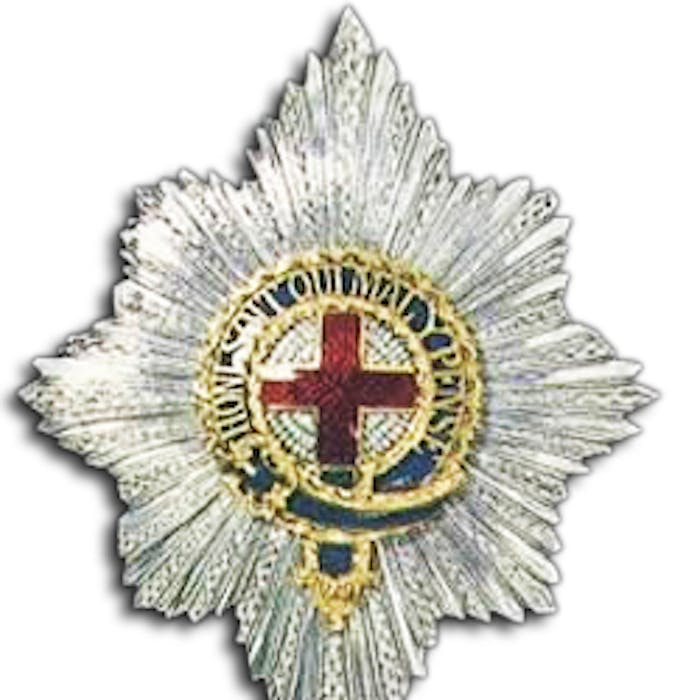
Order of the Garter - no higher honour
The Order of the Garter was the first -and remains the most prestigious - British order of chivalry. It was started in about 1348 by Edward III, and initially included the monarch and 25 knights. Membership in the order was intended as a mark of royal favour and a reward for loyalty to the sovereign and for outstanding military service.
The legendary beginnings of the Order centre around the figure of Joan, Countess of Salisbury. The story goes that while the Countess, a notable beauty who was rumoured to be the king's mistress, danced at a court function, she chanced to lose a garter. King Edward gallantly picked it up, and tied it to his own leg. When he observed the sniggers of those around him, Edward remarked: 'Honi soit qui mal y pense' (Shame on he who thinks evil of this). This offhand remark became the motto of the order.
Some modern scholars have suggested that the garter may have originated with the leather straps used to fasten pieces of armour. Given the military focus of the Order that seems a likely possibility.
It seems equally likely that the Order was a considered attempt by Edward to provide a focus for loyalty towards the monarch among his leading nobles. Edward was aware of the growing cult of St. Denis in France, and thought that providing his own realm with a national saint tied to the monarchy would benefit his own position and solidify the ever-precarious loyalty of his nobles.
At about the same time that the Order of the Garter was founded, Edward proclaimed Saint George as the patron saint of England - and the Order. Aside from a blue garter, worn below the left knee, the first insignia of the Order was 'the George', a badge depicting St. George slaying a dragon. St. George's Chapel at Windsor Castle was named the spiritual home of the Order.
As the years went by further symbols were added to the official apparel of Order members. During the 16th century, a collar was added to the garter and George badge. The collar could not feature precious stones, but could otherwise be freely adorned. In the 17th century a broad red ribband was added, with blue velvet robes.
Members were appointed by the monarch alone until the 18th century. Then the government in Parliament 'suggested' members to the monarch. In 1946 the power to name members was returned to royal prerogative. English subjects can be named Knights of the Garter in exchange for meritorious public service, contributions to the nation, or simply as reward for personal service to the monarch.
Though the Order today is purely ceremonial, members are obliged to display their 'achievements' in St. George's Chapel, Windsor Castle. These 'achievements' include a banner depicting their heraldic coat of arms, an enameled stallplate, sword, crest, and helmet. When a member dies the insignia are returned to the monarch, but the stallplates remain in place, providing a memorial and heraldic record.
Every June an official gathering of the Order is held at Windsor Castle, and at that time any vacancies are filled with new members. The monarch and royal members of the order attend an official luncheon at the Waterloo Chamber, after which they walk in procession to a service at the Chapel.
At the time of writing, royal members of the Order included Queen Elizabeth, Prince Charles and Princess Anne.
Further reading
Links to external websites are not maintained by Bite Sized Britain. They are provided to give users access to additional information. Bite Sized Britain is not responsible for the content of these external websites.
